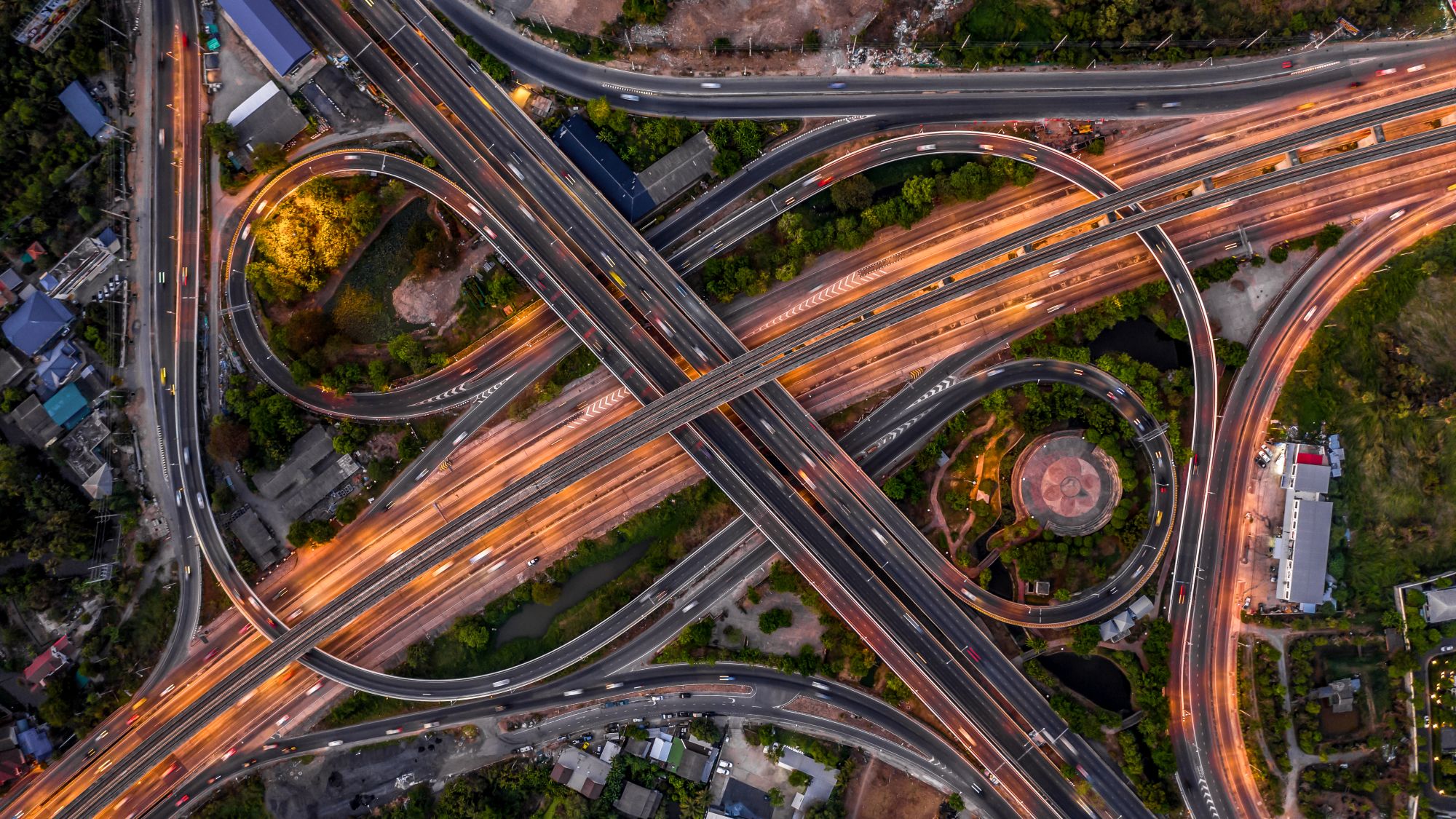
Miranda Blake
Saugaus vairavimo praktika: Svarbiausios gairės tolimųjų reisų sunkvežimių vairuotojams
Sukurta: 15-01-2025
•
Atnaujinta: 15-01-2025
Sunkvežimio vairuotojui labai svarbu, kad už vairo visada būtumėte saugus. Tačiau kaip užtikrinti, kad esant ekstremalioms oro sąlygoms ir ilgiems maršrutams visoje Europoje darytumėte teigiamą poveikį?
Šiame straipsnyje pateikiame svarbiausias gaires, kad galėtumėte teikti pirmenybę savo ir kitų saugumui.
Planavimas ir pasiruošimas
Pirma, prieš išvykdami turėtumėte įsitikinti, kad viskas yra paruošta.
Kelionės organizavimas
Iš anksto kruopščiai suplanuokite maršrutą, atsižvelgdami į tokius veiksnius, kaip oro sąlygos, kelio konstrukcijos ir galimi pavojai. Naudokitės tokiomis technologijomis kaip GPS ir orų programėlės, kad būtumėte informuoti apie savo kelionę. Taip pat turėtumėte planuoti sustojimus poilsiui, degalų papildymui ir pavalgymui. Taip užtikrinsite, kad laikysitės nuoseklaus grafiko ir nesumažinsite saugumo.
Transporto priemonių patikros
Prieš išvykdami į kelią, prieš kelionę kruopščiai patikrinkite sunkvežimį. Patikrinkite:
● Padangų tinkamas pripūtimas ir nusidėvėjimas
● Optimalaus veikimo stabdžiai
● Šviesos ir funkciniai signalai
● Skysčių (alyvos, aušinimo skysčio, stabdžių skysčio ir kt.)
● Tinkamas veidrodžių reguliavimas
● Krovinių tvirtinimas
Reguliariai vertindami šiuos dalykus, galite nustatyti galimas problemas, kol jos neperaugo į dideles.
Saugaus vairavimo kelyje praktika
Jų įgyvendinimas yra toks pat svarbus, kai užvedate variklį.
Nuovargio valdymas
Tai svarbus rizikos veiksnys tokiems tolimųjų reisų sunkvežimių vairuotojams kaip jūs. Norėdami su tuo kovoti, rekomenduojame:
● Taisyklių, susijusių su [vairuotojų darbo valandomis], laikymasis (https://www.gov.uk/drivers-hours/eu-rules)
● Reguliarios pertraukos, net jei nesijaučiate pavargę.
● atpažinti nuovargio požymius ir prireikus sustoti pailsėti.
● Jei įmanoma, laikykitės nuoseklaus miego grafiko
Gynybinis vairavimas
Taip pat pravartu laikytis gynybinės vairavimo mąstysenos, kad galėtumėte numatyti galimus pavojus ir jų išvengti. Keletas idėjų:
● Saugaus atstumo užtikrinimas
● Stebėkite savo akląsias zonas
● Vengti dažnai keisti eismo juostą ir iš anksto signalizuoti
● Greičio reguliavimas atsižvelgiant į kelio ir oro sąlygas
● Pasiruošimas kitų vairuotojų veiksmams
Greičio valdymas
Turėtumėte laikytis saugaus ir pastovaus greičio:
● Visada laikykitės apribojimų, ypač tose vietose, kur sunkvežimių greitis ribojamas.
● Sumažinkite greitį posūkiuose, darbo zonose ir esant nepalankioms oro sąlygoms.
● Kad neperkaistų, važiuodami stačiomis įkalnėmis žemyn naudokite pagalbinius stabdžius.
Transporto priemonių techninė priežiūra ir saugumas
Dar vienas svarbus saugaus tolimųjų reisų krovinių vežimo klausimas - turėtumėte pasirūpinti, kad sunkvežimis būtų prižiūrimas ir saugomas.
Reguliari priežiūra
Norint išlaikyti optimalią automobilio būklę, reikia laikytis griežto grafiko. Pavyzdžiui, per:
● Dažnai keičiama alyva ir tikrinami skysčiai
● Stabdžių sistemos tikrinimas ir priežiūra
● Padangų slėgio ir būklės stebėjimas
● Gerai veikiančios elektros sistemos priežiūra
● Nedelsiant spręsti bet kokias problemas, kad būtų išvengta gedimų kelyje.
Krovinių saugumas
Taip pat labai svarbu užtikrinti krovinio saugumą. Tai galite padaryti:
● Naudojant tinkamus pririšimo ir tvirtinimo įtaisus.
● Tolygus apkrovos paskirstymas
● Pakartotinai patikrinkite krovinio tvirtinimą sustojimo metu, ypač po staigaus stabdymo ar staigių posūkių.
Sunkvežimių saugumas
Rekomenduojama, kad ant krovinio būtų uždėta apsaugoti jūsų transporto priemonę:
● Sustoję pailsėti statykite gerai apšviestose ir gerai apsaugotose vietose.
● Naudokite apsaugos nuo vagysčių įtaisus ir užraktus.
● Būkite budrūs ir praneškite apie bet kokią įtartiną veiklą.
Informacija apie orus ir kelių būklę
Dirbdami tolimųjų reisų vairuotoju taip pat turite pasiruošti įvairioms klimato ir kelių sąlygoms. Pavyzdžiui, apsvarstykite:
● informavimas apie prognozes jūsų maršrute
● vairavimo koregavimas arba kelionės atidėjimas esant ekstremalesnėms oro sąlygoms
● Įvairioms oro sąlygoms reikalingos įrangos (grandinių, avarinio rinkinio ir kt.) nešiojimasis
● ypač atsargiai elgtis nepažįstamose vietovėse arba vietovėse, kuriose kyla specifiniai pavojai.
Sveikata ir sveikatingumas
Siekiant saugaus vairavimo, taip pat labai svarbu palaikyti gerą sveikatą. Taigi, įsitikinkite, kad:
● Reguliariai tikrinkitės sveikatą ir gaukite reikiamus medicininius pažymėjimus.
● Valgykite subalansuotą maistą ir būkite hidratuoti.
● Kai įmanoma, mankštinkitės, net jei tai tik tempimas per pertraukas.
● Stresą valdykite naudodami atsipalaidavimo technikas arba pomėgius laisvu nuo darbo metu.
Saugus vairavimas su SNAP
Dar vienas būdas padidinti saugumą - mūsų [intruck programėlė] (https://intruckapp.com/download/). Tai leidžia sunkvežimių vairuotojams, tokiems kaip jūs, mokėti už įvairias paslaugas, pavyzdžiui, automobilių stovėjimą, plovimą, degalus ir kt. Panaikinus grynųjų pinigų operacijas, apribojamas bet koks dėmesio blaškymas.
Be to, daugelyje svetainių taikomos sustiprintos apsaugos priemonės, todėl galite būti tikri, kad jūsų transporto priemonė bus saugi, kol darysite būtinas pertraukas. Kadangi mūsų programėlė leidžia naudotojams iš anksto rezervuoti stovėjimo vietas, galėsite būti ramūs, kad turėsite saugią vietą pailsėti po ilgų valandų kelyje.
Atminkite: saugaus vairavimo praktika nėra tik gairės - tai esminiai principai, kuriuos kiekvienas tolimųjų reisų vairuotojas turėtų priimti kaip savo profesinės etikos dalį. Teikdami pirmenybę saugai, kruopščiai planuodami, budriai vairuodami, tinkamai atlikdami techninę priežiūrą ir naudodamiesi tokiomis technologijomis kaip "Intruck", galite gerokai sumažinti riziką, susijusią su jūsų sudėtinga profesija.
Norėdami sužinoti daugiau, susisiekite su mūsų komanda telefonu +44 (0)1603 777242.



